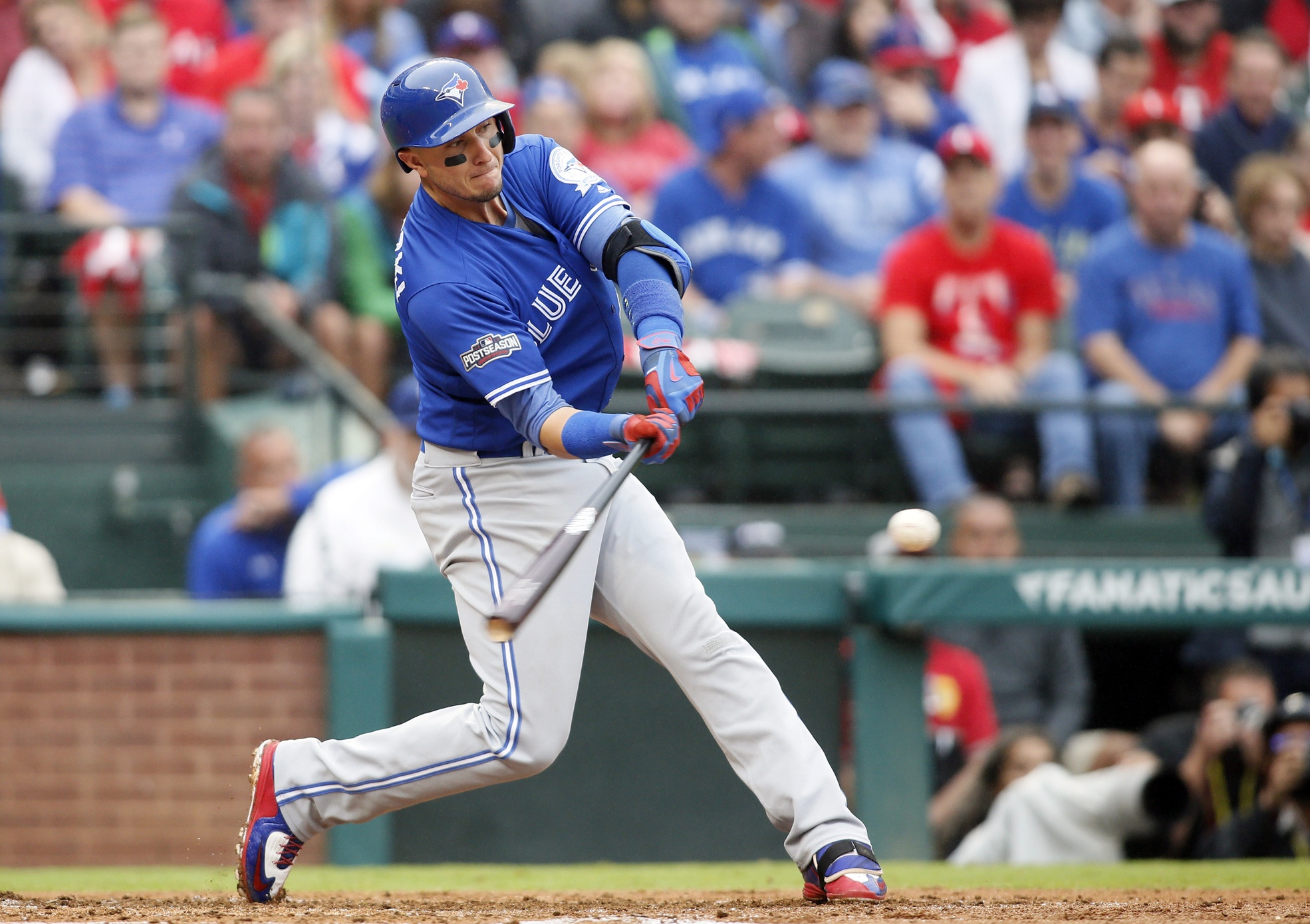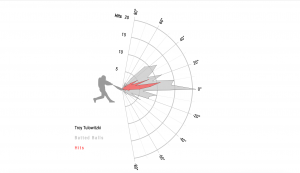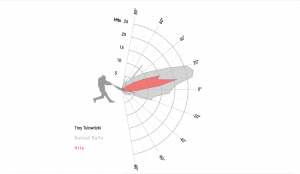This current era of the Toronto Blue Jays is certainly not what we would have expected in the recent past. If you were to ask fans five years ago who the face of the franchise would be for the latter part of the decade, you would probably hear something along the lines of Brett Lawrie, Jose Bautista, Edwin Encarnacion, or even – heaven forbid – Ricky Romero.
A few eventful seasons later and the answer is becoming a bit more obvious. It’s Troy Tulowitzki.
The trade that sent Tulowitzki to Toronto came as a huge shock, to the point that most Blue Jays fans still remember where they were when they found out. It didn’t take Tulo long to become a beloved member of the team either, thanks to his stellar defense and the way he has had a positive impact on pretty much everybody around him. At the plate however, his Blue Jays career got off to a horrendous start. Since his first game in blue in late July of 2015, Tulowitzki had two major issues; number one was making contact with pitches in the strike zone – primarily fastballs. That has been talked about thoroughly, so I’m not going to get into it here again. The second issue was the fact that he wasn’t getting any luck on the pitches that he did put in play.
Let’s talk BABIP for a second. Tulowitzki’s batting average on balls in play in 2016 was the lowest it’s ever been in his career at .272. The first thought might be that it’s simply because he can’t call Coors Field home anymore, with its vast outfield, but it turns out that isn’t the case. To figure out if this is abnormally low for him, I looked at his BABIP numbers strictly on the road from 2011 to his last full season as a member of the Rockies in 2014, which turned out to be 22 points higher at .294 over 201 games.
I’m going to play a game with arbitrary end points. I know the date May 8th is completely meaningless, but it was around that date where Tulo started to hit again. Let’s look at what Tulo did in his first 71 games as a Blue Jay until May 7th and what he did from the second week in May to the end of the season.
Did a slight increase in line drives and pulling the ball less result in a BABIP increase of over .40 points, or was this just Tulowitzki getting a bit luckier? Well, it was probably neither.
Last month, Greg Wisniewski looked at which Blue Jays found the sweet spot most often in 2016 and as it turns out, Troy Tulowitzki did favourably. In fact, as a whole, Tulo did a lot better in 2016 at putting the ball and driving it when he did . Forgetting the samples for a second, this is how Tulowitzki did in each full year looking at exit velocity and percentages of batted balls and plate apperances that resulted in barrels.
It’s unfortunate that barrel information only exists for the past two years, which makes it tougher to see trends, but one can still surmise that Tulowitzki made some kind of change and that’s what generated results. Going back to the samples, look at how he hit the ball from May 8th to the end of the season compared to how he hit it in his first 71 games. That probably helps explain the BABIP of .292, something close to the .294 I talked about earlier. Also worth nothing is Tulowitzki’s ISO jumped from .160 to .201.
Now, what does this mean going into the 2017 season? Well, if Tulo has made a change and him barreling the ball up like that was no accident, he’ll improve on his pedestrian 2016 TAv of .253 – which ranked 197th out of 268 hitters with at least 300 plate appearances – and the Blue Jays lineup will still be deadly.
It’d be foolish to proclaim that Troy Tulowitzki is all the way back, simply due to the natural aging process and his walk rate not being close to what it was in his best days in Colorado, but there are some clear signs that the 34-year-old can still do some damage at the plate. A healthy Tulowitzki will be crucial in what looks to be an exciting race in the AL East and hopefully beyond this fall.
Exit velocity/Barrel data via Baseball Savant.
Lead Photo © Tim Heitman-USA TODAY Sports




